The rapid growth of digital media has resulted in quick marketing and sales algorithms changes. As a result, past approaches, particularly outbound marketing strategies that were solely focused on selling things, are no longer as productive as they once were. Nowadays, the only way to take your company to new heights is to take a customer-centric approach. It is how inbound marketing works. It emphasizes providing value to your customers to establish a long-term relationship. Let’s look at this marketing approach to understand it better.
What is an Inbound Marketing Strategy?
The inbound marketing strategy is the method of attracting new and right clients to your business. It’s more of a strategy for building long-term relationships with consumers by providing relevant material that helps them achieve their objectives and solve problems.
Inbound marketing strategy explains three stages of the buyer’s journey.
- Attract: Your customer is a total stranger to you at this point. It would help if you attracted the proper prospects to your business by providing high-quality content that creates trust and encourages them to engage with your company.
- Engage: You must now convert those leads into customers by providing insights and answers to their queries and eliminating their pain points to pique their interest in purchasing from you.
- Delight: You assist your consumers even after they have made a purchase from you at this point to keep them content and happy with your services.
Inbound marketing is all about providing value to your customers before asking them to buy your products or services. The best way to improve your company’s revenue is to provide an exceptional customer experience. Inbound flywheel methodology is often used to describe an inbound marketing strategy. Are you curious as to why? Let’s have a look at the response to this query.
How Does Inbound Marketing Work With the Flywheel Model?
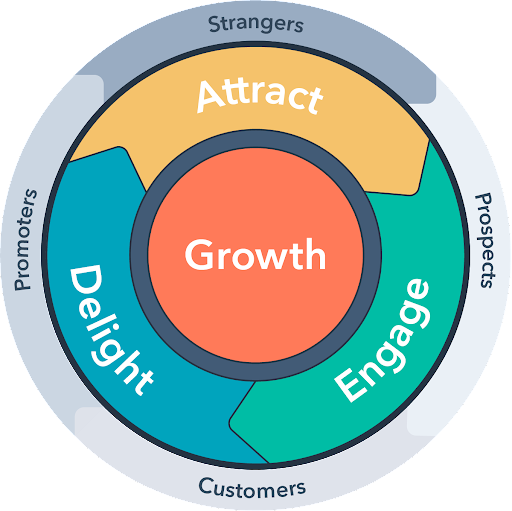
The flywheel’s steady rotation indicates your company’s increasing growth in the inbound marketing technique. The fuel for this inbound flywheel is pleased consumers who make purchases from you and refer new clients to your agency. Unhappy consumers, on the other hand, who are a poor fit for your product or services, or who are dissatisfied because you under-deliver and overpromise, operate as friction, slowing down the flywheel of your company’s growth. In other words, you use the momentum created by your satisfied consumers to boost your sales.
Why is Inbound Marketing Essential for Your Business?
Inbound marketing may not produce immediate results, but it certainly has more advantages than outbound marketing. It is an effective way to attract customers organically to your website. The following points will support the above claim:
Inexpensive Business Strategy
Inbound marketing costs 62% less per lead than the other traditional forms of marketing. A more focused marketing approach won’t put a hole in your pocket. Unlike outbound marketing, which is incredibly expensive and yields unexpected outcomes, inbound marketing is relatively inexpensive. Inbound marketing always provides a high return on investment for a small effort. As a result, you can save a lot of money.
Diverts Quality Traffic
Inbound marketing generates 54% more leads than others. Its main goal is to attract the correct kind of visitors to your website. Because of its targeted approach you’ll be able to attract maximum people interested in using your services.
Develops Credibility
85% of the customers tend to buy a product after conducting thorough online research. Consumers see organic search as a more credible source than a billboard yelling, “purchase this now.” This type of information is more genuine and trustworthy to the audience.
Offers Long Term Value
Inbound marketing content, such as infographics, case studies, ebooks, and instructional guides, has a longer lifespan than outbound marketing content. By republishing your inbound material, you can keep it fresh and relevant. At the same time, traditional marketing strategies are risky and have a short lifespan.
A Better Understanding of Your Customers
You gain a deeper understanding of your product with the support of inbound marketing methods such as social media interaction, dialogues, and feedback. As a result, you gain insight into your consumers’ needs, allowing you to make changes to better your offerings.
What Are Some Effective Inbound Marketing Strategies as Per the Funnel?
According to the funnel concept, your customer goes through four stages in their marketing journey and are as follows:
- Stage 1 – Attract your visitors towards your website
- Stage 2 – Convert those visitors into leads
- Stage 3 – Engage them with your brand
- Stage 4 – Delight your customers so that they come back
Attracting Strategies
As we all know, the attraction step of an inbound marketing plan is attracting potential clients’ attention to your company. In this step, you must concentrate on the following items:
Create Engaging Content
You can drive potential leads to your website by generating and advertising meaningful content on the right platform. Blogs, videos, ebooks, tutorials, and case studies are examples of content development that address your buyers’ concerns, such as how to utilize your products. Infographics are also a good approach to get people’s attention and are easily shared across numerous platforms.
Search Engine Optimization
68% of the online experience begins with a search engine. However, captivating content is only good for the public eye. SEO is the most effective technique to attract new customers and engage them deeper. SEO is a method for getting your website to the top of all SERFs. It entails conducting extensive keyword research to find keywords related to your business and often searched by your buyer demographic. For example, suppose you’re the makeup line owner, and you know your customers are having trouble finding a concealer that matches their skin tone. In that case, you can send them an article like “5 Amazing Concealers for Every Skin Type,” detailing why your brand’s concealers are the ones they’ve been looking for. This way, your content will organically rank on search engines, and your business will get the spotlight it deserves.
Social Media Marketing
There are around 3.6 billion social media users around the world. Social media is a fantastic way to get the word out about your business to people truly interested in what you have to offer. Your most likely consumers are using social media platforms like Facebook or Instagram to search for the services you offer. Please make certain you don’t overlook them and lose your leads. That is why it is highly recommended that you invest some time developing content for social media networks to attract the correct visitors to your website.
Engaging Strategies
Customers must be engaged with your brand so that they build a long-term relationship with your company. Demonstrate the value of your services to them. The main goal of your inbound marketing approach should be to sell solutions. In this instance, the following items can be beneficial.
Case Studies
88% of the customer’s trust case studies, reviews and online ratings for acquiring any services. Case studies demonstrate that your products or services can help your prospects in the same way they have helped others. For example, suppose you’re trying to buy software for your marketing firm and come across case studies of that software. You can see multiple other firms that have purchased the software had excellent outcomes in their businesses. In that case, you’ll want to get it for yourself as well.
Webinar
A webinar is an online seminar in which content is provided in lecture format to people via the internet. A member of your team provides highly engaging and conversational information about your products and services. A one-on-one chat with your prospects captivates their curiosity in a way that no newsletter or webinar can.
Converting Strategies
The whole point of attracting more leads is to convert them into your loyal customers. In addition, inbound marketing entices visitors to buy from you by providing enticing content. These things can be accomplished in the following ways:
Sign up Forms
These forms are a wonderful method to collect contact information like email addresses for newsletters and entice clients to sign up for your services.
Call to Action
Another great way to offer extra incentives and bring your services to your customer’s attention is to include a CTA on your blog post or website that allows visitors to download a useful ebook or insightful advice. For example, in the below click-up ad, they have provided different CTAs for their visitors, all of which would direct them to their landing page, where they may obtain their services.
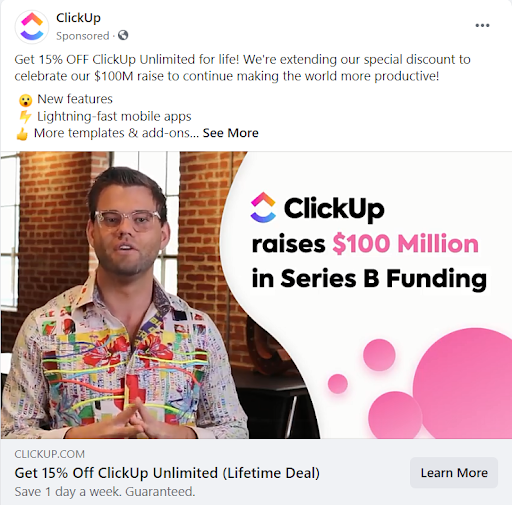
Delighting Strategies
It is the final stage of the marketing funnel. It focuses on satisfying clients who are captivated with your services that they become your brand promoters and return to obtain your services repeatedly.
You can delight your customers by,
- Solving their issues and helping them to achieve their goals.
- Refraining yourself from breaking your customers’ trust.
- Paying attention to customers’ feedback
- Responding to their feedback on chatbots and social media platforms.
Inbound marketing is all about assisting your clients in finding solutions to their problems, which is the polar opposite of outbound marketing. So let’s take a closer look at their distinctions.
What Are The Major Differences Between Inbound Marketing Strategy and Outbound Marketing Strategy?
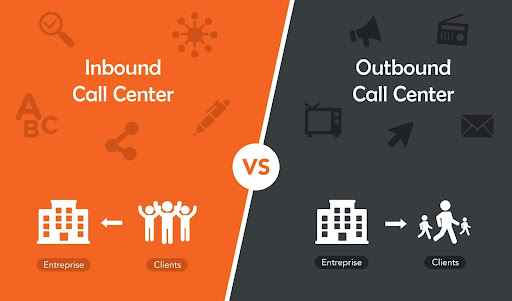
Inbound Marketing |
Outbound Marketing |
| Main objective is to grab the attention of the interested customers. | Main objective is to sell products irrespective of the interest of the customers. |
| Offers digital content that comes in interactive forms like blogs, webinars and social media platforms. | Non digital content that is directly displayed through billboards, direct mails, TV and magazine ads. |
| Customized messaging is sent to particular customers. | Consumers get to see product ads on a regular basis that stands out from the rest. |
| Covers all the communication channels. | More of a linear strategy that focuses on limited channels. |
| Inexpensive marketing strategy with better outcomes. | Expensive marketing strategy with very little ROI. |
| Results can be measured easily with the help of marketing tools and softwares. | Results are difficult to measure through any marketing strategy. |
Top Challenges Every Business Faces and Their Solutions in Their Inbound Marketing Strategy?
Poor User Experience
80% of the online customers won’t return to a website after a bad user experience. It. It results in lower engagement and higher bounce rates. When visitors find your content unappealing and your website design slow, they are more likely to leave. Users expect a mobile-friendly website; therefore, poor mobile optimization could be why visitors are less engaged with your site.
Solution
The easiest way to solve this problem is to address all of the issues slowing down your website. First, maintain a professional and well-organized website layout. Users must comprehend your navigation buttons, and your site must be informative. Moreover, Increased user engagement requires a mobile-friendly website.
Unclear Inbound Marketing Strategy
An unclear inbound marketing strategy causes numerous chaos in your website content. Content is the foundation of every website, and when a visitor finds it irrelevant, they are most likely to leave it.
Solution
The solution for this issue is quite obvious: to create an inbound marketing strategy by keeping in mind your buyer persona’s journey. Make sure that each blog post is written for a certain audience in a particular stage of the marketing funnel. The plan goes like this,
- Informational content for the audience who are at the top of the funnel.
- Educational content that also offers solutions is for the audience in the considerate stage.
- Offer testimonials, product videos and demos to audiences at the end of your marketing funnel, where you lock the deal with them.
Not Being Consistent and Patience
The article by Moz and a whiteboard Friday titled “Surviving the SEO slog” by Rand Fishkin has explained the gap of disappointment by the marketers. The moral is that every marketer needs to be patient and consistent to have an impact on their leads.
Solution
Use the tools like SemRush and Moz to get the most ranked keywords and use them in your content for maximum organic traffic. Next, invest in PPC to drive more leads. It must be one part of your inbound marketing strategy. Then, stick to your strategy and consistently publish valuable content on your website.
Lacking Conversion Optimization
Even when your content is getting the public’s attention, those leads are still not converting. Then it would help if you optimize your strategy for conversion. The best way to include an effective call to action and offers is to drive sales for your business.
Solution
As per the principles of CRO, firstly, optimize your highest converting pages. Make sure to include CTA in your every content. Apply the principles of CRO even in your email campaigns. There are 371% more clicks on emails with strong CTAs.
Lack of Analytics and Integrated Marketing Tools
It is extremely crucial to align all your marketing campaigns from email to social media in one direction to optimize your inbound marketing for success. There could be productivity issues if the marketers use several digital marketing tools that work together. Lack of analytics showing new opportunities and campaigns generating leads is another issue that marketers face.
Solution
The idea is to combine all marketing tools into a single tool that can execute everything while also giving the necessary analytics to improve effectiveness. For example, you can use tools like Hubspot for inbound sales calculation as it is easy and quick to use. For an email newsletter, you can use MailChimp; for SEO, SemRush and Yoast are perfect, whereas you can calculate your analytics using Google Analytics.
Examples of Companies Succeeding with the Help of Inbound Marketing
Chewy
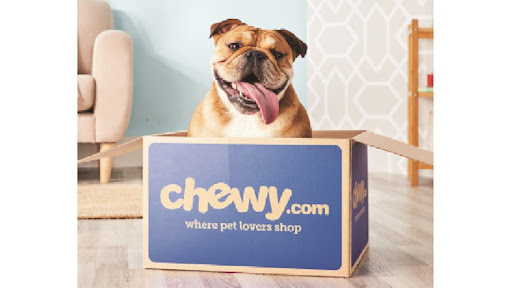
Launched in 2011, Chewy has become the Amazon of pet products. When you search for dog products or dog food, it is the first website to appear in your Google search results. Their inbound marketing strategy includes using most in-demand keywords in their content and offering content that offers value to their customers.
Runners World
Runners world will always be on top of your organic results when you type running tips. Their articles and blogs are highly clickable and are targeted to their runners on different levels. They do not just optimize their content for better results. Their meta descriptions, tags and URLs are also optimized using keywords that lead to high conversions.
Unbounce
Unbounce has a resource library including infographics, ebooks, white papers, webinars and much more. Their content, like how-tos, is extremely relevant to their audience. The next thing that makes them stand out from the rest is their landing pages that offer descriptions of everything they offer to their audience. Their landing page includes introductions, charts, statistics and key takeaways.
Sprout Social
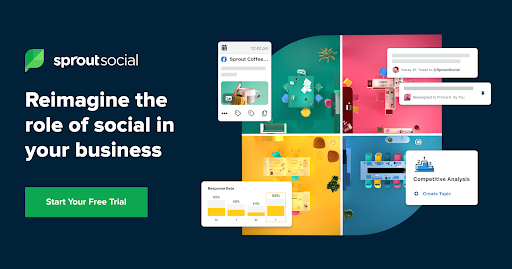
A SAAS company that offers to manage the social media activity of digital marketers. The value-driven content on their resource pages helps them attain the maximum organic traffic for their website. In addition, they demonstrate how to use their software in webinars of their learning portal. Not just that, they perform a great job of broadcasting their high-quality content on social media platforms.
Liz’s Healthy Table

It is an extremely resourceful website by nutritionist Liz Weiss who has acquired amazing inbound marketing strategies to popularize her content. You can see tons of informative blogs, podcasts on weight loss, cooking tips and recipes. In addition, she delights her users with insightful content that they have been looking for.
Final Words
Inbound marketing strategy is an incredible way to divert maximum organic traffic towards your website. By offering relevant content to your audience who have been looking for your services, you convert a lead for your business and gain their trust, which is very important for every scaling business. Furthermore, it is an inexpensive marketing strategy that covers all the marketing channels bringing your brand in front of the right people.
Build your brand awareness in the best possible way by incorporating the inbound marketing strategy in your business!
